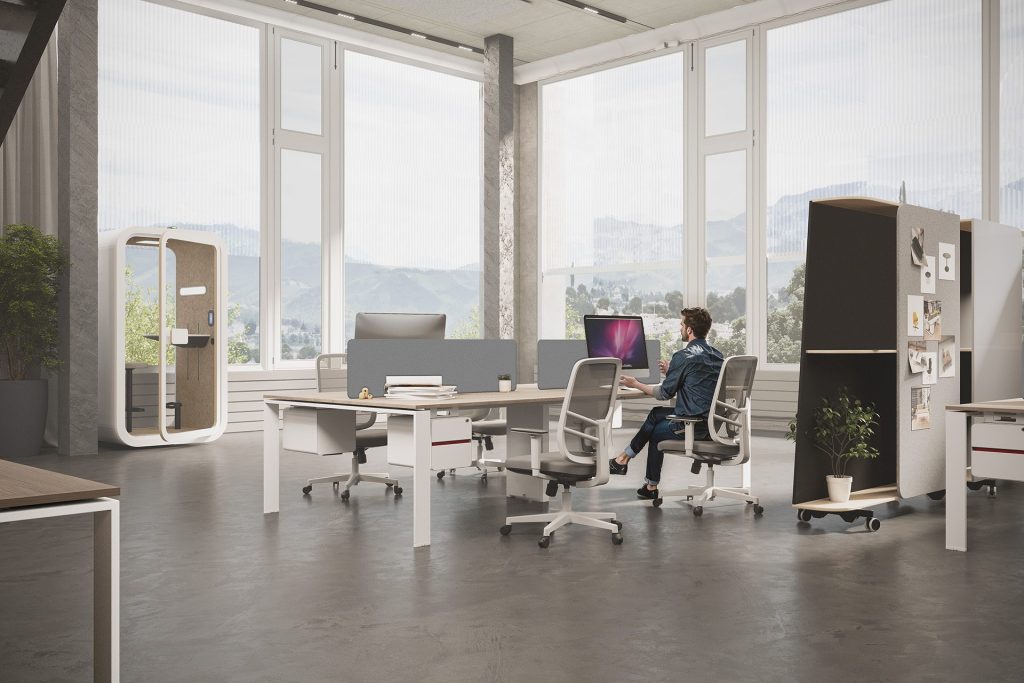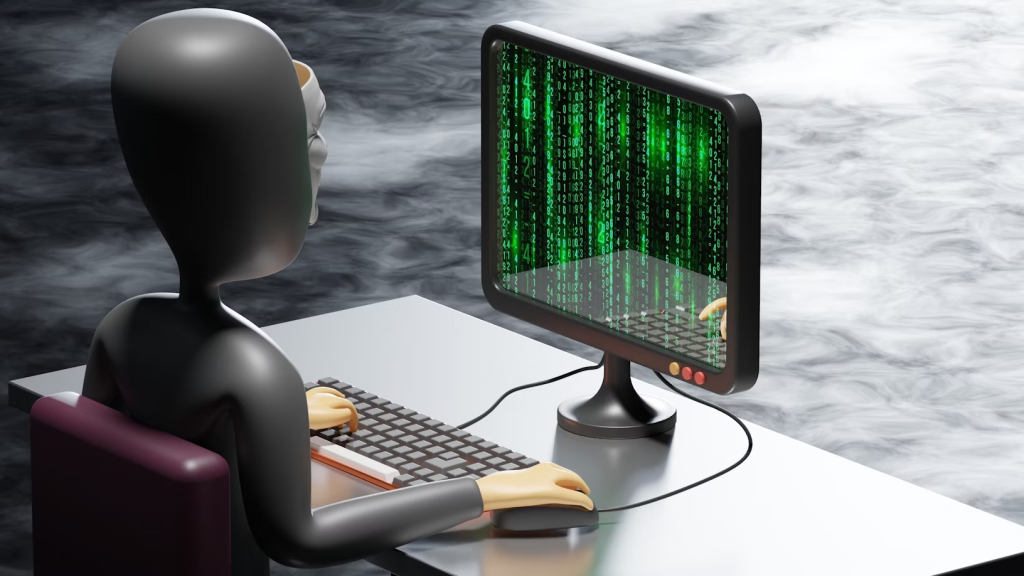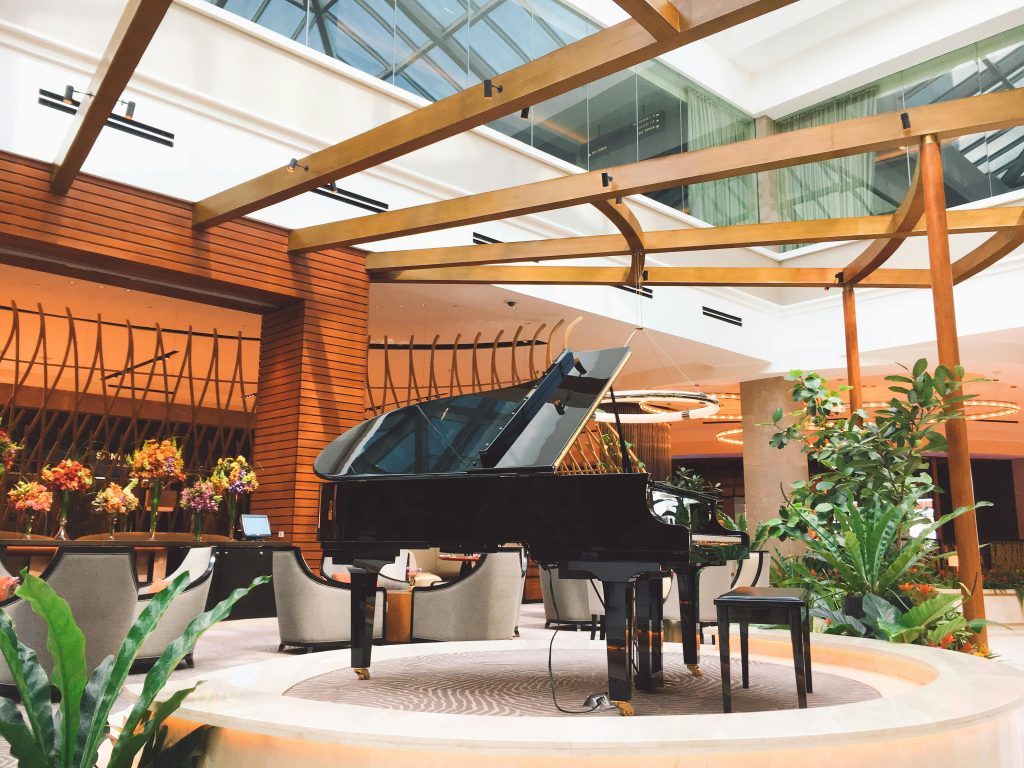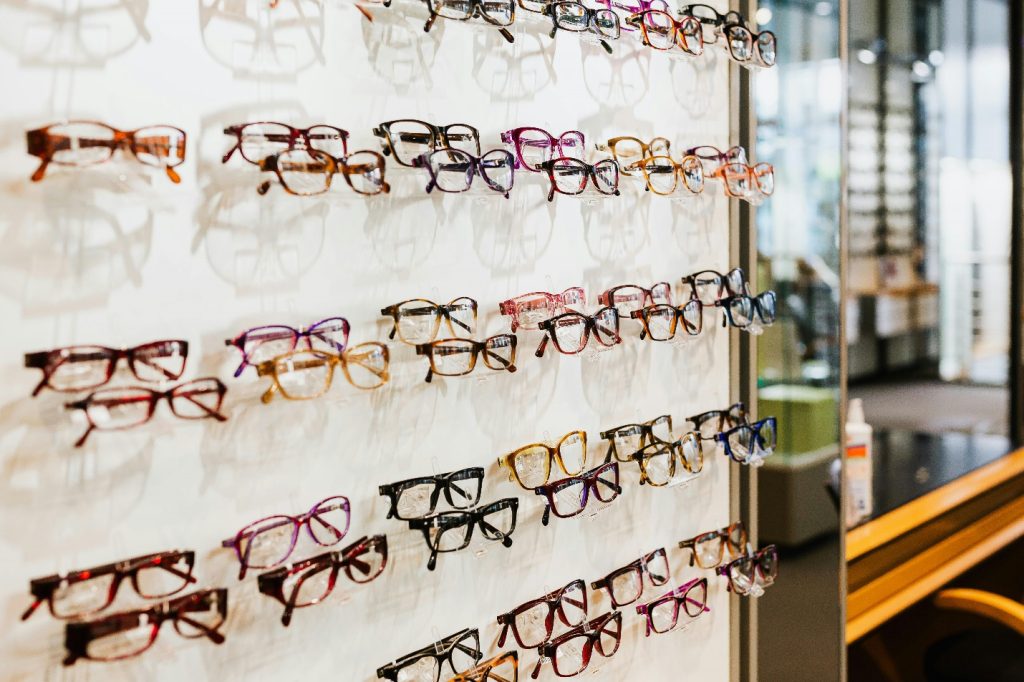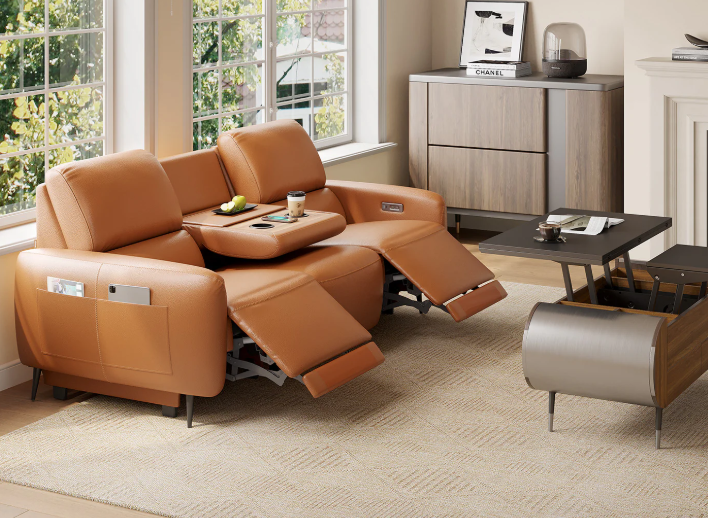Office furniture has a big effect on more than just how effectively it works. It may also change the mood of the workplace and the health of employees. As workplaces change, it’s important to know how furniture affects mood and morale in order to make them more effective. In today’s competitive business world, the appropriate office furniture may turn a boring workplace into a place where people can be creative, work together, and get things done.
The Mindset of Office Furniture
The furniture we use at work has a big effect on how we feel mentally and how much work we get done. Studies demonstrate that well chosen workplace furniture may lower stress, help people concentrate, and encourage team members to get along with one other. Employees are more likely to completely engage with their job and coworkers when they feel comfortable in their physical surroundings.
Modern workplace design knows that various jobs need different kinds of spaces. A well-planned office space has several types of furniture that let people work alone and with others. This variety of furniture choices helps keep employees interested in their job all day.
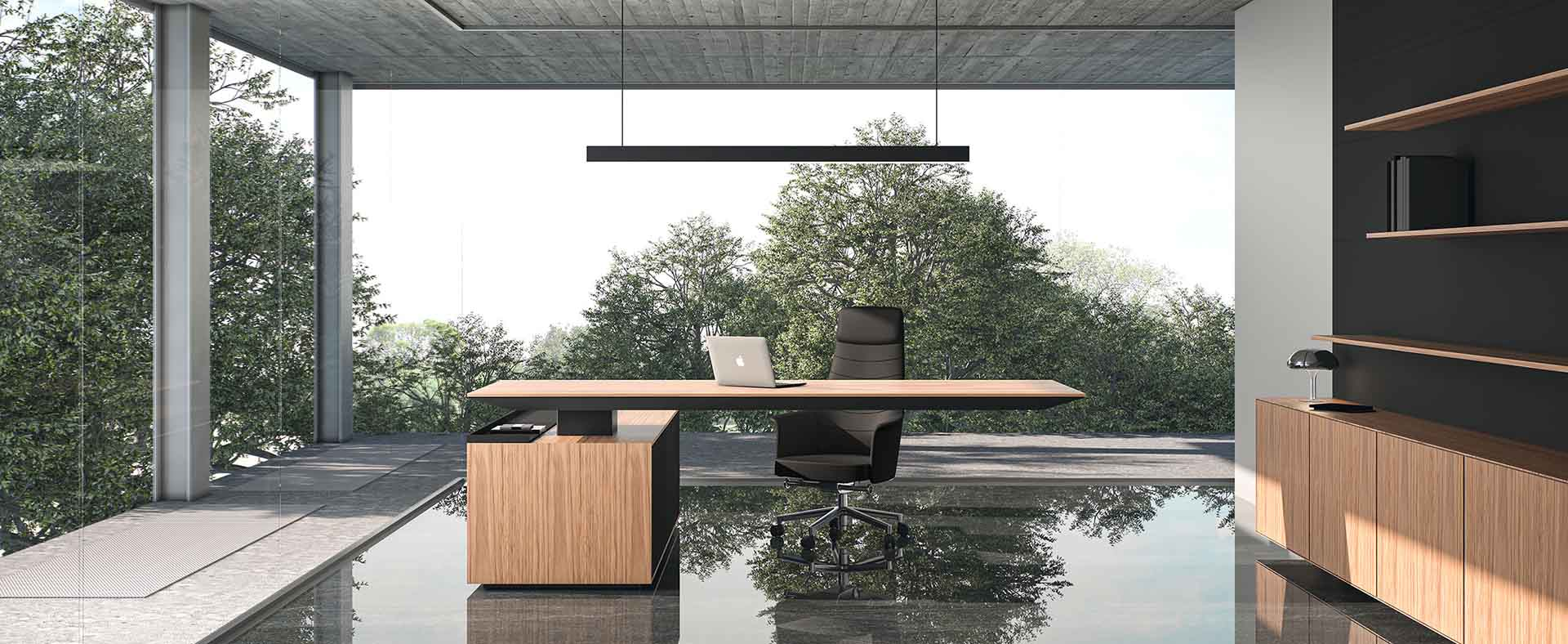
Important Furniture Pieces That Affect the Mood at Work
Seating that is good for your health and your employees: Good seating is the first step to making any workstation effective. Employees may maintain good posture and avoid physical strain by using ergonomic chairs with adjustable features. People who want to switch between sitting and standing throughout the day may do so using standing workstations. Footrests, monitor stands, and keyboard trays are all examples of supporting accessories that make the ergonomic arrangement complete and make it comfortable to work for long hours.
Working together in spaces and with team dynamics: Furniture in modern workplaces should make it easy for people to work together on scheduled and unplanned projects. Teams may change the layout of meeting rooms using movable furniture to fit their requirements. Soft seats and comfortable breakout areas make it easy to have casual conversations and come up with new ideas. There are many sorts of seating arrangements, such as high-top tables and lounge-style sets, to fit different ways of interacting and types of meetings.
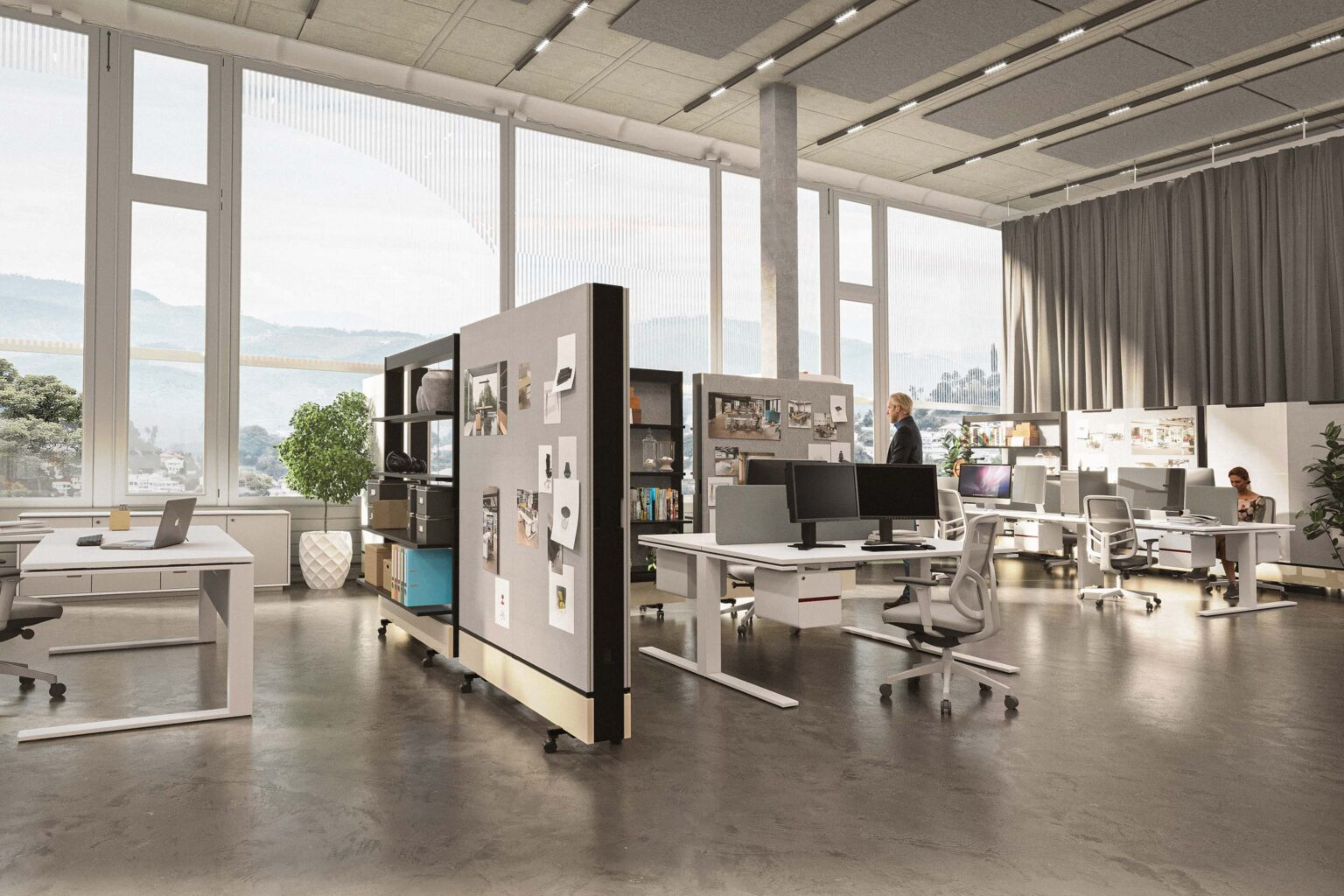
How to Pick Things That Will Make You Feel Better: Furniture for the Office
Using Color Psychology to Choose Office Furniture: Colors are quite important for the ambiance of a workplace. Cool blues and greens help you focus and relax, so they are great for places where you need to do a lot of work. Warm yellows and oranges get the creative juices flowing and are great for brainstorming areas. Neutral colors are the basic building blocks that hold the room together while yet looking professional.
Space Planning for the Best Morale: Putting furniture in the right places may have a big effect on how people work together. Thoughtful workstation layouts that make it easy to see other people let people connect and be open. Acoustic panels and comfy couches in private places make it easy to work or have private chats. Flexible setups make it easier to adjust things as the team’s requirements change.
Measuring the ROI of Well-Designed Office Spaces
Buying good office furniture pays dividends in several ways, including:
Productivity Impact
- Less time wasted because of pain and other things that get in the way
- Well-built workstations help you focus and concentrate better.
- Well-planned layouts make workflows more efficient.
- Meeting places that are well-designed may help people work together more.
Metrics for Employee Satisfaction
- Employee surveys show that people are happier at work.
- Lower chances of people not showing up
- Higher numbers of people who stay with you
- Better overall experience at work
Cultural Benefits
- Collaborative places help teams work better together.
- More friendly encounters at work
- Better corporate image for customers and those who may want to work there
- More engaged employees
Practical Implementation Strategies
- Start with the Basics: Start your workplace furniture plan with comfortable, high-quality seats. Buy desks that can be adjusted to fit various working habits and set up multiple work areas that are good for different workloads and energy levels.
- Think about how traffic moves: The way you arrange the furniture should make it easy to go about the workplace. To preserve privacy while encouraging teamwork, make sure there is enough space between workstations. Make the area simple to utilize by designing navigation patterns that are straightforward to understand.
- Balance Looks and Function: Choose furniture that looks professional and is built to last. Pick patterns that won’t go out of style soon, and use brand colors wisely in accent pieces and accessories.
- Plan for Growth in the Future: Buy modular furniture systems that you can change around as required. Make rooms that can change to fit different team sizes and ways of working. Always provide space for growth in your first layout designs.
Conclusion
The perfect office furniture does more than just fill a space; it creates a place where workers can perform their best work. Companies may create places that improve morale, productivity, and long-term performance by carefully choosing and arranging the furniture in the office. In today’s cutthroat business world, buying high-quality office furniture is a way to invest in your team’s potential and the future of your organization.


